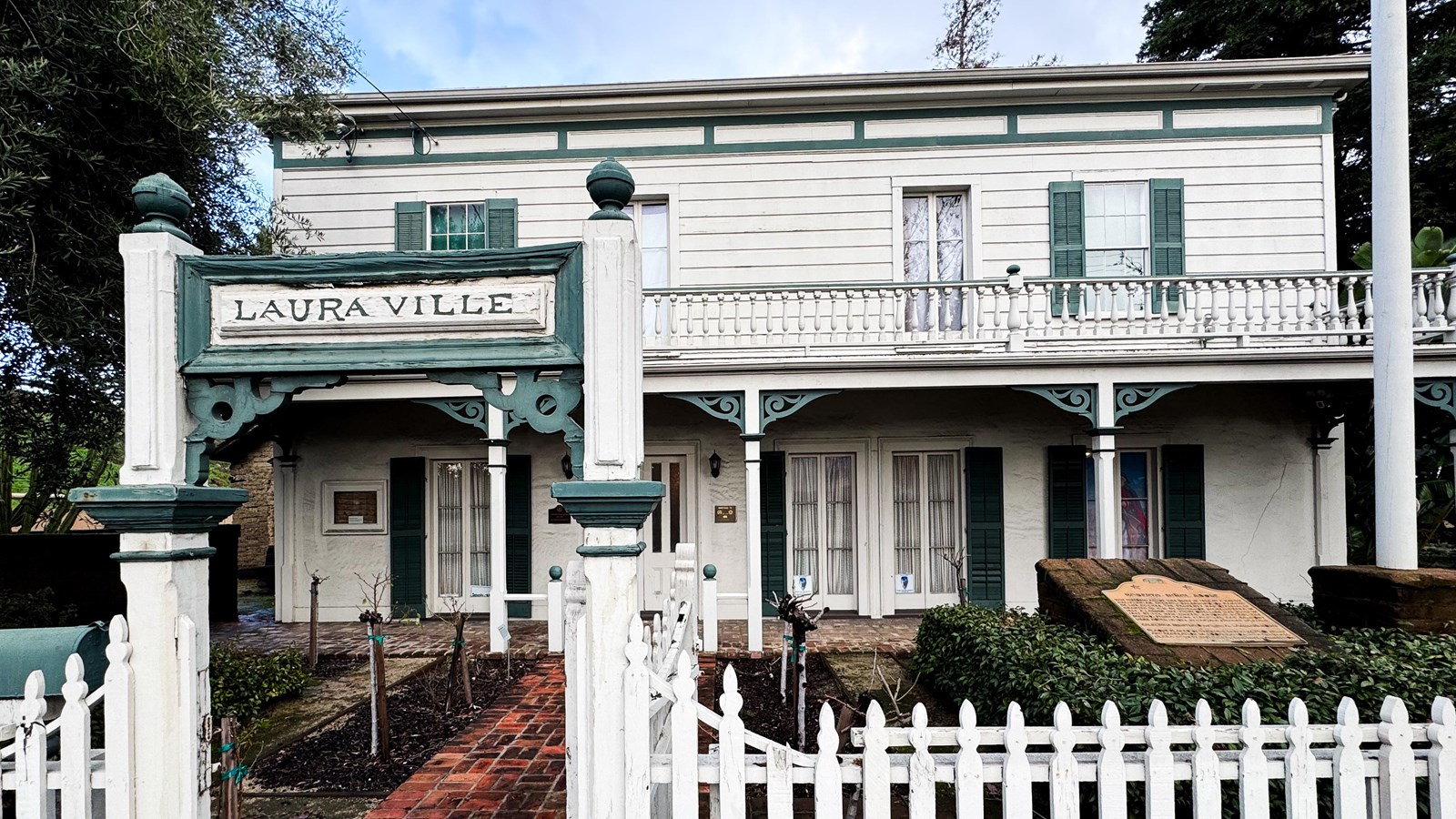Last updated: February 8, 2024
Place
Roberto-Suñol Adobe

Kimberly Twardochleb/NPS
Accessible Rooms, Accessible Sites, Benches/Seating, Historical/Interpretive Information/Exhibits, Parking - Auto, Restroom - Accessible, Tactile Exhibit
Overview
San José has only two extant adobes, one of which is the Roberto-Suñol Adobe. The California Pioneers of Santa Clara County created a free museum for the benefit of the public at this site. The adobe is included in the National Register of Historic Places, is a passport stamp location, and is certified as an Interpretive Site of the Anza Trail.
History
In 1775-1776, Juan Bautista de Anza led a colonizing expedition that resulted in the founding of Pueblo San José de Guadalupe. San José was the first civil settlement in California and would later become California’s first state Capital.
A Native American named Roberto Balermino was born in 1782 and grew up on this part of the valley in a rancheria called San Juan Bautista where the Guadalupe River and Los Gatos River came together. Around 1836, Roberto Balermino built the Roberto Adobe, which still stands today. He petitioned the Mexican governor for a land grant called Rancho de los Coches (Ranch of the Pigs). He was granted the 2,219 acres in 1844.
By 1844, Spaniard Antonio Maria Suñol was living upon Rancho los Coches with his wife Maria Dolores Bernal and their children. In 1847, Suñol acquired Rancho los Coches and built a brick house adjoining the Roberto Adobe. It was the first brick house to be completed in Alta California. At this residence, which still exists on the historic site, Suñol entertained members of the first California Legislature.
